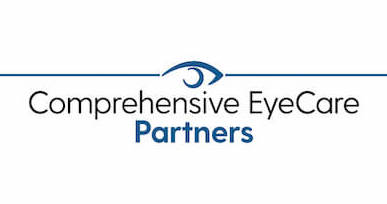
Amblyopia, also known as lazy eye, is an eye condition that usually presents in childhood or sometimes in infancy. It can happen for several different reasons.
These may include issues with muscles in and around the eye or because one eye can see better than the other. Amblyopia is easier to spot in some cases than in others, making it helpful to know the signs. Keep reading to learn about some of the common symptoms of amblyopia!
A Wandering Eye
An eye that wanders either in or out is one of the main signs of amblyopia. This symptom, in particular, usually occurs due to a muscle imbalance in the muscles that help the eye stay in position.
This kind of amblyopia is called strabismus amblyopia. However, a wandering eye can occur in other forms of amblyopia. Sometimes, the muscles around the eye weaken due to an imbalance in visual acuity between the eyes.
Eyes that Don’t Move Together
When most people look from one direction to another, both eyes move in sync. When someone has amblyopia, the eyes may not move at the same time.
If this occurs, it can be due to a combination of muscle imbalance and one eye sees better than the other, called refractive amblyopia. When one eye can see better, it may move more naturally, while the other eye may be weaker due to less frequent use.
Frequent Head Tilting
Head tilting is often a sign of amblyopia as it can help a person with a lazy eye see better. If one eye can’t see as well or can’t move as easily when looking in a specific direction, tilting the head can be a way to get the weaker eye to move or get a better view with the dominant eye.
Squinting and Closing One Eye
Squinting is one of the most common signs of any refractive error as it can help the eyes focus better. In combination with other symptoms, it’s also a sign of amblyopia, especially refractive amblyopia.
Closing one eye is also a sign of refractive amblyopia as it allows a person to see better by only using their dominant eye.
Bad Depth Perception
The way your eyes perceive depth relies on how they both work together. People who only have one eye tend to have less accurate depth perception for this reason.
If you have one eye that’s more dominant than the other, this can also lead to having poor depth perception. When someone has amblyopia, they may still be able to see with both eyes, but they tend to use one eye more because it has more robust vision or can move more easily.
It’s rare for a person to develop amblyopia as an adult. It’s usually diagnosed in children at birth up to seven years old.
If your child is in this age range and exhibits these symptoms, you should take them to see their eye doctor. If left untreated, amblyopia can cause irreversible vision loss, so early diagnosis is essential.
Are you concerned that your child may be showing signs of amblyopia? Request an appointment at Shepherd Eye Center in Henderson, NV, today!


